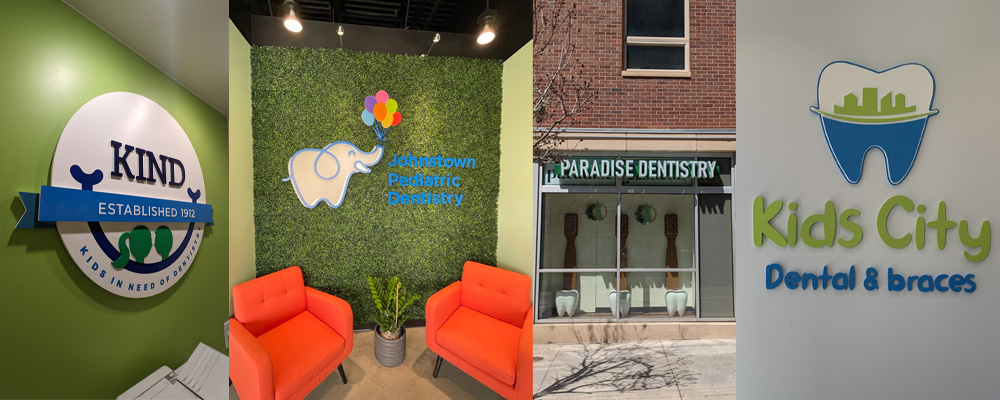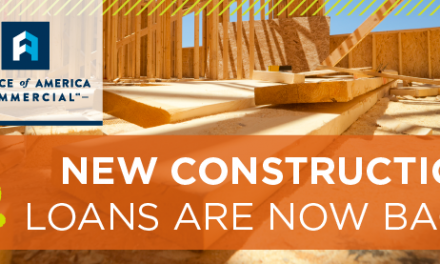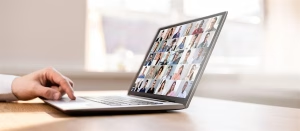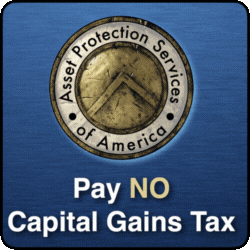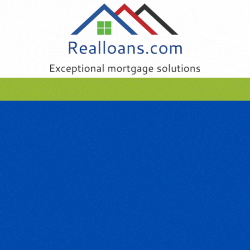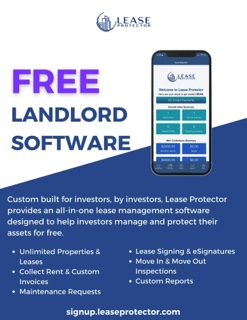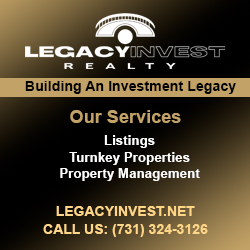|
Check out our new audio content!
Getting your Trinity Audio player ready...
|
By Mallory Lynn, Marketing and Social Media Manager, Signarama Brighton
Healthcare facilities can be complex places. From sprawling hospitals to busy clinics, clear and intuitive signs are crucial for patients, visitors, and staff to navigate with ease. But effective healthcare signage is more than just pointing people in the right direction. It’s about designing a space that is inclusive and easy to use for everyone.
article continues after advertisement

Take a look at these six key considerations for designing and choosing signs in the healthcare industry:
Accessibility is Paramount
Accessibility is crucial in healthcare signage. All signs must adhere to the Americans with Disabilities Act (ADA) standards, incorporating braille, tactile characters, and accessible font sizes. Visual clarity is essential, achieved through high-contrast colors and simple, easy-to-read fonts, avoiding decorative or overly stylized designs. Think about your audience as well, providing signage in multiple languages as needed. Consulting an expert in ADA signage is key as they will know all the rules and regulations around this type of sign and can design concepts that meet these requirements but also fit into the branding experience.
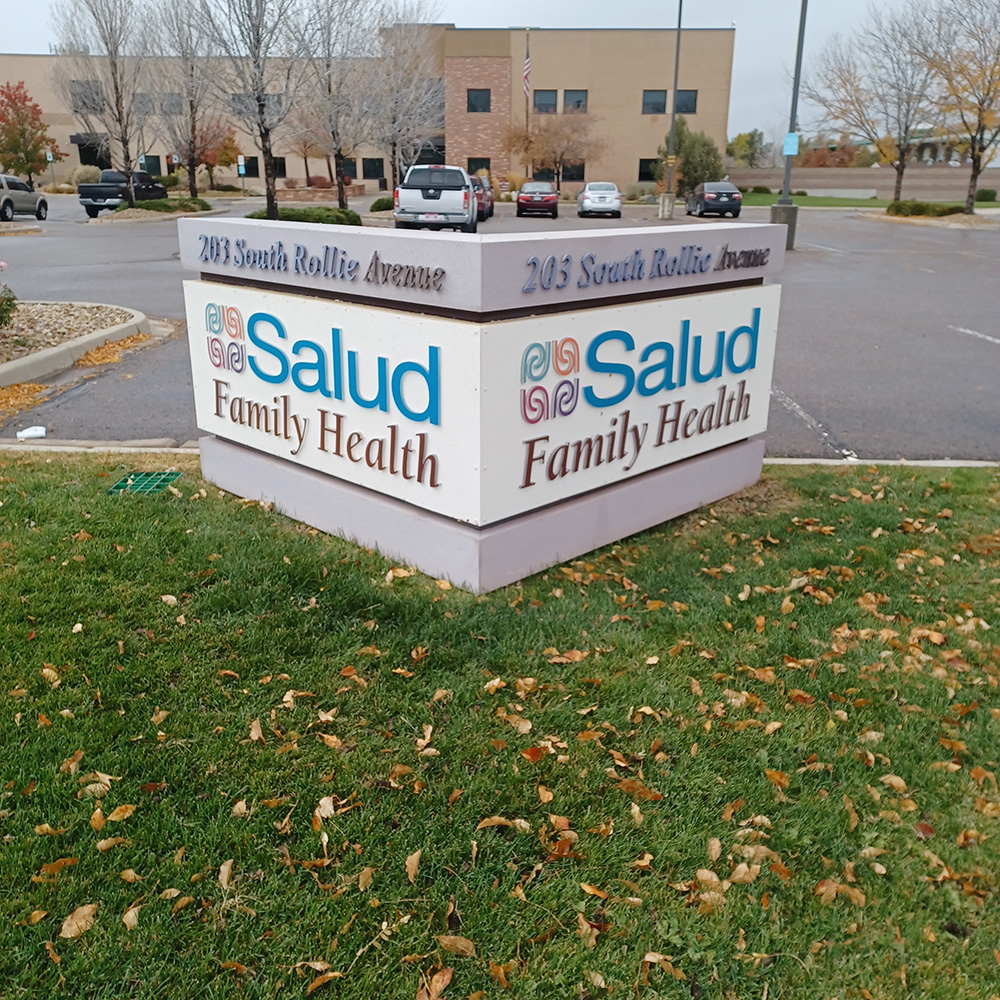
Clarity and Consistency are Essential
Clear, consistent healthcare signs are vital for wayfinding. Simple, jargon-free messaging and a unified design layout—using consistent fonts, colors, and symbols across all signs, from the parking lot to the patient room—ensure easy navigation. Strategic placement is key for visibility and accessibility.
Developing a comprehensive wayfinding system can be complex so partnering with an experienced sign company that specializes in wayfinding packages, including (but not limited to) monuments, building signs, traffic and street signs, interior and exterior blade signs, directories, and suite signs, ensure brand consistency and a cohesive system. When working with a sign partner they will help you determine the optimal number and types of signs needed for clear communication throughout your facility.
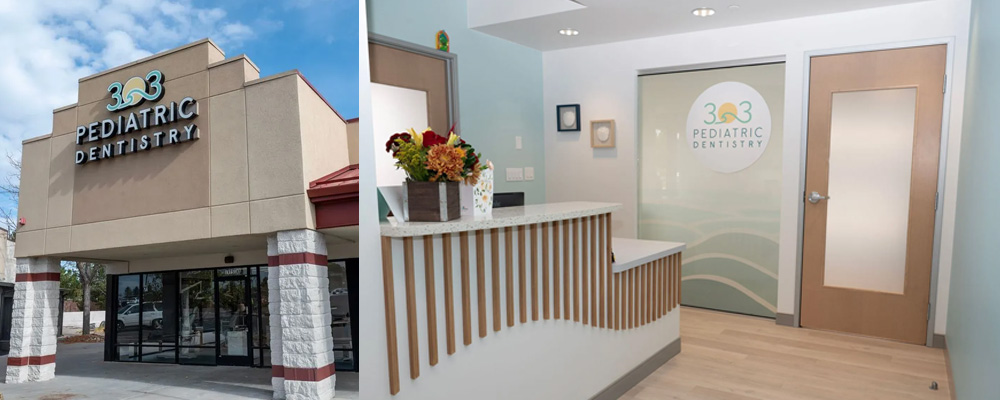
Why is effective directional and wayfinding signage so important in healthcare?
- Reducing stress and anxiety: Clear wayfinding helps patients and visitors feel more comfortable and in control.
- Improving efficiency: Easy navigation allows staff to focus on patient care, not giving directions.
- Enhancing safety: Properly placed directions guide people safely through the facility, especially during emergencies.
- Creating a positive first impression: Well-designed directions reflect professionalism and care.
- Boosting patient satisfaction: A smooth and stress-free experience contributes to overall satisfaction.
article continues after advertisement

Create a Welcoming Environment
Creating a welcoming environment sets the tone in healthcare facilities. Signs play a key role in reinforcing brand identity and creating a sense of belonging. This can be achieved through various means, including exterior building signs to establish a strong presence, large-scale wall graphics that add visual interest and branding in lobbies, and dimensional lettering and logos that provide a professional touch.
Positive messaging like the facility’s mission statement can promote well-being and community within. Calming colors should be chosen to create a reassuring atmosphere, avoiding bright or jarring hues except in designated children’s areas. The incorporation of art and graphics enhances the visual appeal and creates a more welcoming atmosphere as well. Privacy glass, whether frosted or patterned, is a great consideration as well that offers a sense of privacy in sensitive areas while maintaining a bright and open feel.
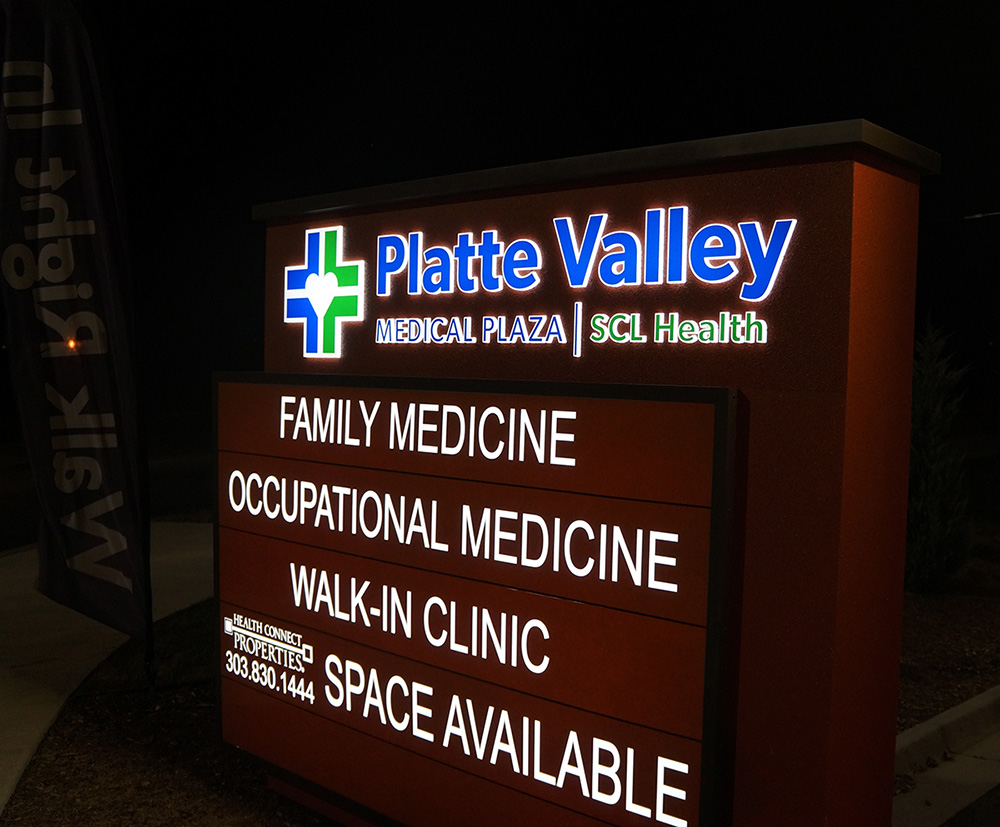
Integrate Technology
Using the latest and greatest in technology offers valuable opportunities to enhance wayfinding and communication in healthcare settings. Digital signage should be considered for wayfinding, announcements, and patient information in Electronic Message Centers (EMCs) or digital displays, as it allows for easy updates and real-time information dissemination. Furthermore, exploring ways to integrate signage with mobile technology, such as QR codes or wayfinding apps, can provide additional convenience and accessibility to enhance the patient’s experience.
Materials Matter
Material selection is a critical aspect. Durability is fundamental, as healthcare facilities experience high traffic and require signs that can withstand wear and tear. For example, instead of easily scratched acrylic, wayfinding signs might be made from durable, cleanable materials like aluminum composite material (ACM) or high-pressure laminate (HPL). Ease of maintenance and repair is, also, required. Choosing materials that are simple to clean, like non-porous surfaces for room name signs, and easy to repair or replace, such as modular sign systems, will contribute to the longevity and cost-effectiveness of the sign system.
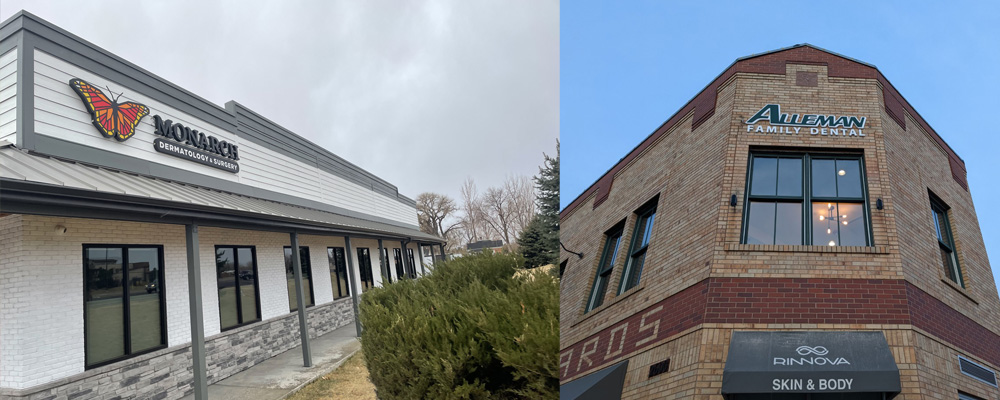
Create a positive experience with each sign!
Specific types of signs contribute to the functionality of wayfinding and communication within the facility. Durable floor graphics can guide patients to specific departments, particularly helpful in large facilities. In pediatric areas, using vibrant colors, playful fonts, and child-friendly imagery creates a less intimidating environment. Illuminated signs, such as channel letters, offer excellent visibility at night, while light boxes are versatile for both interior and exterior use, displaying directional information, room names, or other important messages.
Successful healthcare signs are a key part of creating a positive experience for everyone in a medical or dental facility. By considering these important factors and working with an established sign partner, healthcare providers can ensure that their sign system is not only impactful but also contributes to an inviting, reassuring, and accessible environment.

Meet Mallory Lynn
Mallory Lynn is Marketing and Social Media Manager with Colorado-based Signarama Brighton, a woman owned company with over 17 years of experience in the sign industry. She can be reached at 303-914-9700 or [email protected].
Views: 23

